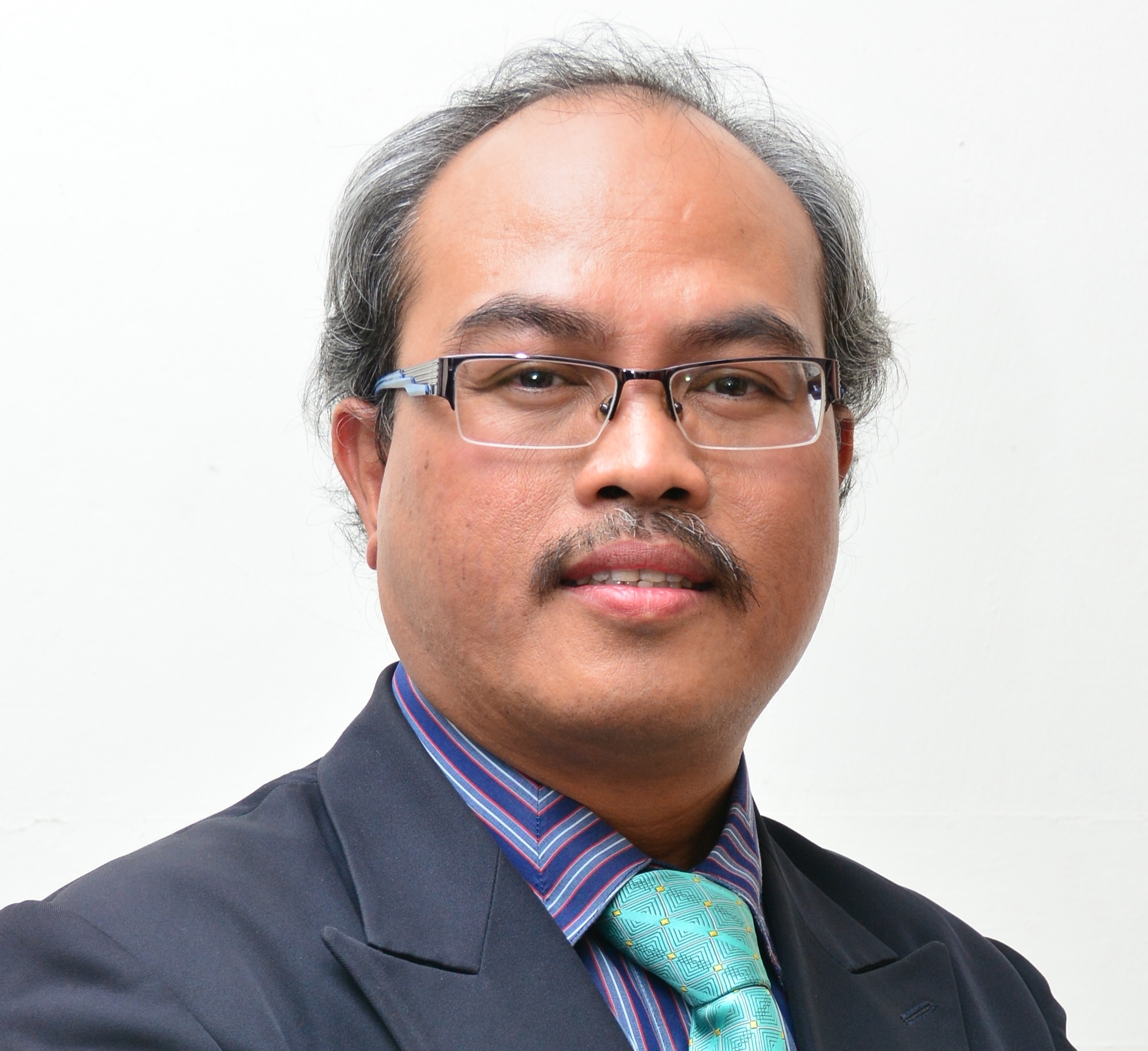Particle swarm optimisation prediction model for surface roughness
Particle swarm optimisation prediction model for surface roughness
Acrylic sheet is a crystal clear (with transparency equal to optical glass), lightweight material having outstanding weather ability, high impact resistance, good chemical resistance, and excellent thermo-formability and machinability. This paper develops the artificial intelligent model using partial swarm optimization (PSO) to predict the optimum surface roughness when cutting acrylic sheets with laser beam cutting (LBC). Response surface method (RSM) was used to minimize the number of experiments. The effect of cutting speed, material thickness, gap of tip and power towards surface roughness were investigated. It was found that the surface roughness is significantly affected by the tip distance followed by the power requirement, cutting speed and material thickness. Surface roughness becomes larger when using low power, tip distance and material thickness. Combination of low cutting speed, high power, tip distance and material distance produce fine surface roughness. Some defects were found in microstructure such as burning, melting and wavy surface. The optimized parameters by PSO are cutting speed (2600 pulse/s), tip distance (9.70 mm), power (95%) and material thickness (9 mm) which produce roughness around 0.0129 μm.
